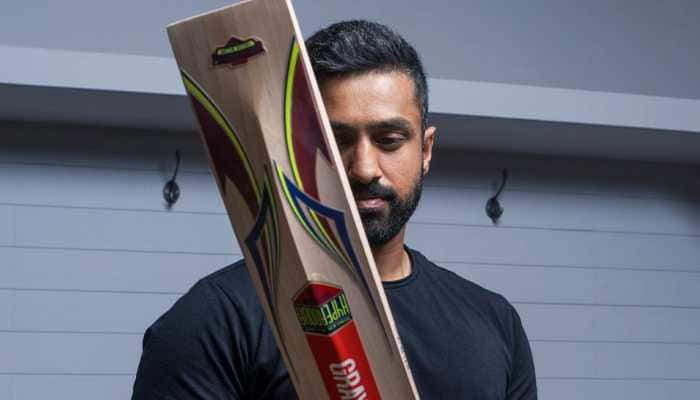Scientists successfully test artificial womb in animals; say it could help increase survival chances in human preemies!
The plastic 'womb' consists of a mixture of warm water and added salts, similar to amniotic fluid, to support and protect the foetus.
Trending Photos
) (Image for representational purposes only)
(Image for representational purposes only) New Delhi: In an incredible development that could possibly go a long way in medical practices and change the parameters of premature births.
Scientists developed an artificial womb that looks similar to a plastic bag and were able to sustain the lives of premature lambs inside it for weeks.
The artificial wombs are just like a real one and provide all the essential nutrients a mother's womb would to her baby, including a nutrient-rich blood supply and a protective sac of amniotic fluid.
Experts hope that this approach could potentially increase survival chances of premature human babies, also saying that human trials may be possible in a few years.
However, more tests in animals are required to bolster its efficacy and safety, before they can deem it safe enough to progress, the researchers said in the journal Nature Communications.
According to BBC, the Children's Hospital of Philadelphia team insists it is not looking to replace mothers or extend the limits of viability – merely to find a better way to support babies who are born too early.
Currently, very premature infants, born at around 23 weeks of gestation, are placed in incubators and put on ventilators to help them breathe, but this can damage their lung development.
The plastic 'womb' consists of a mixture of warm water and added salts, similar to amniotic fluid, to support and protect the foetus.
BBC explained the working of the plastic womb saying that, this fluid is inhaled and swallowed by the growing foetus, as would normally happen in the womb. Gallons of the mixture are steadily flushed through the bag each day to ensure a continuous fresh supply.
The bagged lamb cannot get a supply of oxygen and nutrients from its mum via the placenta. Instead, it is connected to a special machine by its umbilical cord, which does the job.
The baby lamb's heart does all the pumping work, sending "old, used" blood out to the machine to be replenished before it returns back to the body again.
The whole system is designed to closely mimic nature and buy the tiniest newborns a few weeks to develop their lungs and other organs.
Stay informed on all the latest news, real-time breaking news updates, and follow all the important headlines in india news and world News on Zee News.
Live Tv







)
)
)
)
)
)
)
)
)
)
